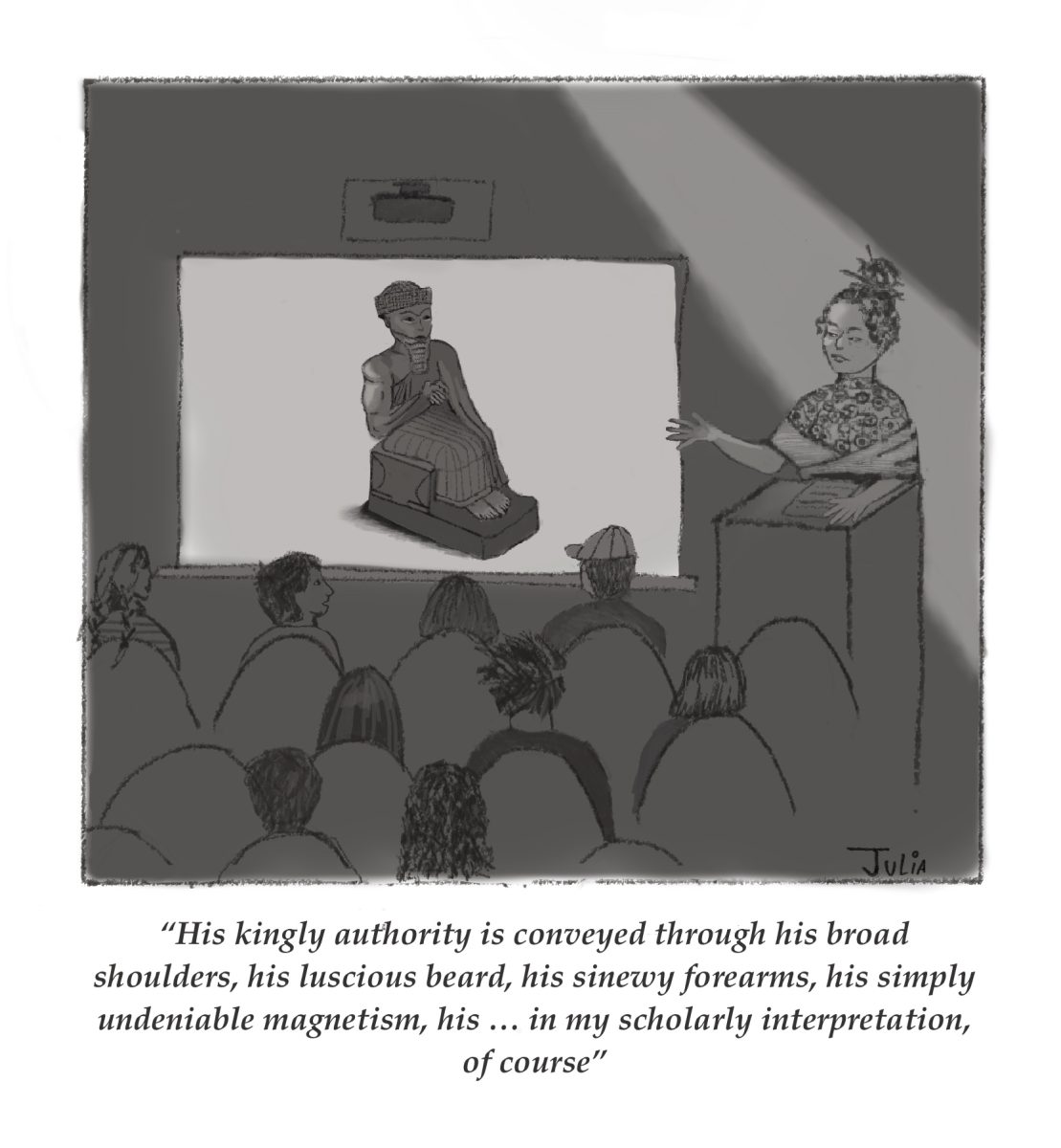Some of you have probably seen the Peter Rabbit movie, and some of you haven’t. In case you want to know what you’re missing: Tom McGregor, the “villain” of the movie, is deathly allergic to blackberries, and in an attempt to gain access to his garden, rabbits use a slingshot to send a blackberry directly into his mouth in an effort to incapacitate him. The worst part of it is, it works, and McGregor struggles desperately to inject himself with an EpiPen. Before collapsing from the anaphylaxis, the rabbits cheering gleefully as he struggles to breathe.
As food allergies become more common, the topic is appearing more and more in media, continuing to be represented as something trivial, inconsequential, and ultimately, something for its viewers to laugh about. These reactions have been used as humor inducers in movies like Meet the Robinsons, Cloudy With A Chance of Meatballs, and even on shows like Brooklyn Nine-Nine and That ’70s Show. Each time, they are portrayed incorrectly. On-screen allergic reactions are over-dramatized to the point of humor, with people blowing up like red balloons and anxiously gasping at their throat. In some cases, the infliction of the reaction is made deliberate in order to hurt the individual, pinpointed as their easy-to-tamper-with weak spot.
So, what are these reactions really like? Most of it is invisible. If someone is having an allergic reaction, the chances you’ll figure it out before it becomes a serious emergency is pretty low. People often experience nasal congestion, trouble swallowing, itchy skin and mouth, muscle pain and weakness and an impending sense of doom. None of these symptoms are visible, or easy to notice, and most of them are not immediate. The reaction will start off as pretty minor, and it will be a judgement call on the reactor’s part to figure out the point at which they are in emergent condition and at what point they need to be injected with epinephrine and be rushed immediately to the hospital. In some rare cases, by the time the person has injected themselves, it’s already too late. This is a life threatening condition, not a plight with room for poking fun.
To add to this, kids with allergies are often depicted with an identity of “uptight nerd that no one really likes”. The stereotypical nerd in pop culture wears glasses, has braces, has asthma, and has allergies. The nerdy little seahorse in Finding Nemo is H2O intolerant, Jimmy Neutron’s nerdy friend, Carl Wheezer, has allergies, and even John Mulaney yelled “get your EpiPen and GET OUT!” in reference to an annoying kid at the sleepover during one of his standup bits.
Movies and television are such powerful mediums for addressing tough social concerns and issues, shaping conversations and bringing new ideas to light. So why can’t they do the same with food allergies? Kids with allergies are not inherently nerdy, rather, we are much more observant and wary about our surroundings because pretty much any public location or social gathering involves or has involved food somewhere at some point. We read labels for everything, because if we don’t, we’re stabbing our thighs with an adrenaline needle and calling the emergency room. We double check with waiters at restaurants and take extra time placing our order at the expense of others’ time, not to make our friends roll their eyes, but to keep ourselves safe. We constantly fear someone not taking us seriously and deliberately making us unknowingly consume a serious allergen, because it has happened to us before, has happened in front of audience on television screens, and could easily happen to any one of us again.
It’s not a joke. As funny as we could make it, it is not fair to the 1 in 10 of us that wish it actually was.
Aliya Klein ’22 is from Potomac, Md.




